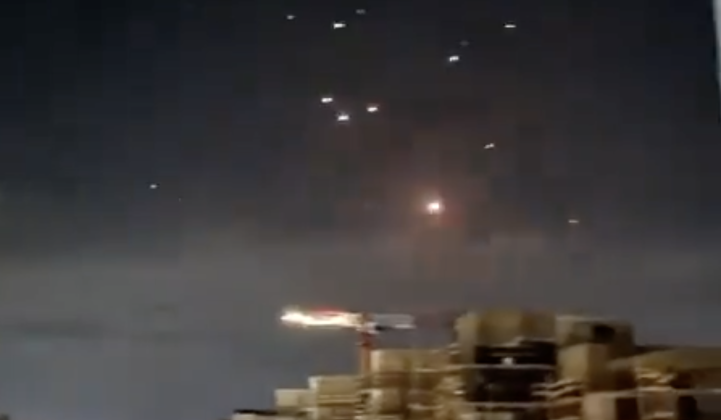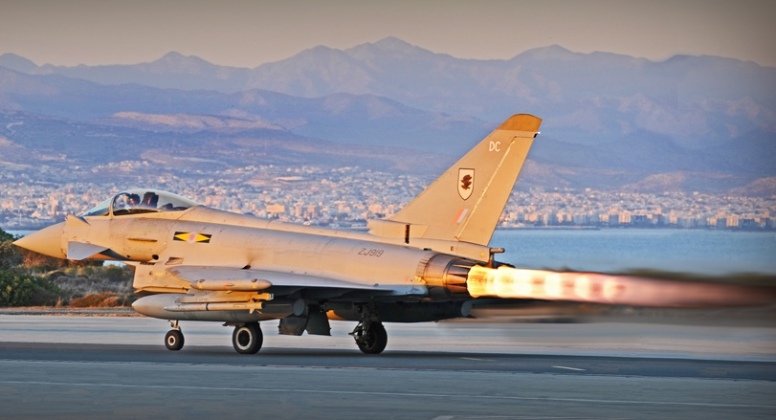On April 13 the Iranian Revolutionary Guard Corps initiated missile and drone strikes on Israeli military facilities, with these launched under Operation True Promise in retaliation for an Israeli attack on an Iranian diplomatic building in Syria killing two senior generals and nine others. Iran first gained the capability to launch missile strikes on Israeli territory in the late 1990s with the acquisition of North Korean Hwasong-7 ballistic missiles, with the expansion of these strike capabilities and of those of neighbouring Syria having led Israel to build a dense multi layered air defence network with the support of the United States. According to Israeli Defence Forces Brigadier General Reem Aminoach, the country’s air defence efforts cost approximately $1.33 billion. Alongside Israeli efforts, however, four of the country’s closest security partners also provided significant support to help blunt the Iranian strike – namely the United States, the United Kingdom, France and Jordan.

The United States was reportedly responsible for close to half of collective air defence efforts on April 13-14, with the operation costing over $1.1 billion. The country not only maintains multiple military bases and air defence sites within Israel, but also further facilities across the Middle East. These are bolstered by Arleigh Burke Class destroyers which are armed primarily for air defence duties including against aircraft and either cruise or ballistic missiles. The destroyers are reported to have made the first ever combat launch of an SM-3 anti ballistic missile as part of the operation. The U.S. Air Force claimed that its F-15E fighters shot down more than 70 Iranian drones heading toward Israel on April 13, while two destroyers were credited by American sources with having shot down three incoming ballistic missiles. The U.S. also provided significant surveillance data on the launches of drones and missiles from Iran which helped cue allied air defences, while its anti aircraft and anti missile capabilities in the region were been expanded significantly from October 2023 as part of a broader surge in the American military presence. Even before the massive expenditure of costly air defence missiles, however, the costs of expanded deployments to the Middle East forced the Pentagon to make significant cuts elsewhere in its budget to accommodate it.

Alongside American efforts, the British Ministry of Defence announced that Royal Air Force fighter in the Middle East “will intercept any airborne attacks within range of our existing missions, as required.” British Prime Minister Rishi Sunak subsequently claimed “that a number of drones” launched by Iran were shot down by British fighters, which are based at RAF Akrotiri in Cyprus. The British Armed Forces had previously provided significant support to the Israeli war effort against Palestinian militia groups through surveillance flights over the Gaza Strip. Alongside British efforts, French air defence systems deployed in Jordan were reported to have shot down multiple Iranian drones over the country, with Israeli officials stating that they were uncertain whether French forces had had any successes in shooting down Iranian missiles. A greater role was played by Israel’s neighbour and close security partner Jordan which used its own air defences to shoot down dozens of Iranian drones that were flying to Israel through its airspace. The Arab state also hosts U.S. Army Patriot air defence systems. Ultimately while Iranian and Israeli sources have contrasted significantly regarding the effectiveness of the strikes, the immense cost of air defence efforts at close to $2.5 billion, compared to the cost of the strike itself estimated at under $50 million, highlights the difficulties of relying on very costly anti aircraft and anti missile assets particularly when facing a defence sector that can produce sophisticated precision guided weaponry highly cost effectively.
